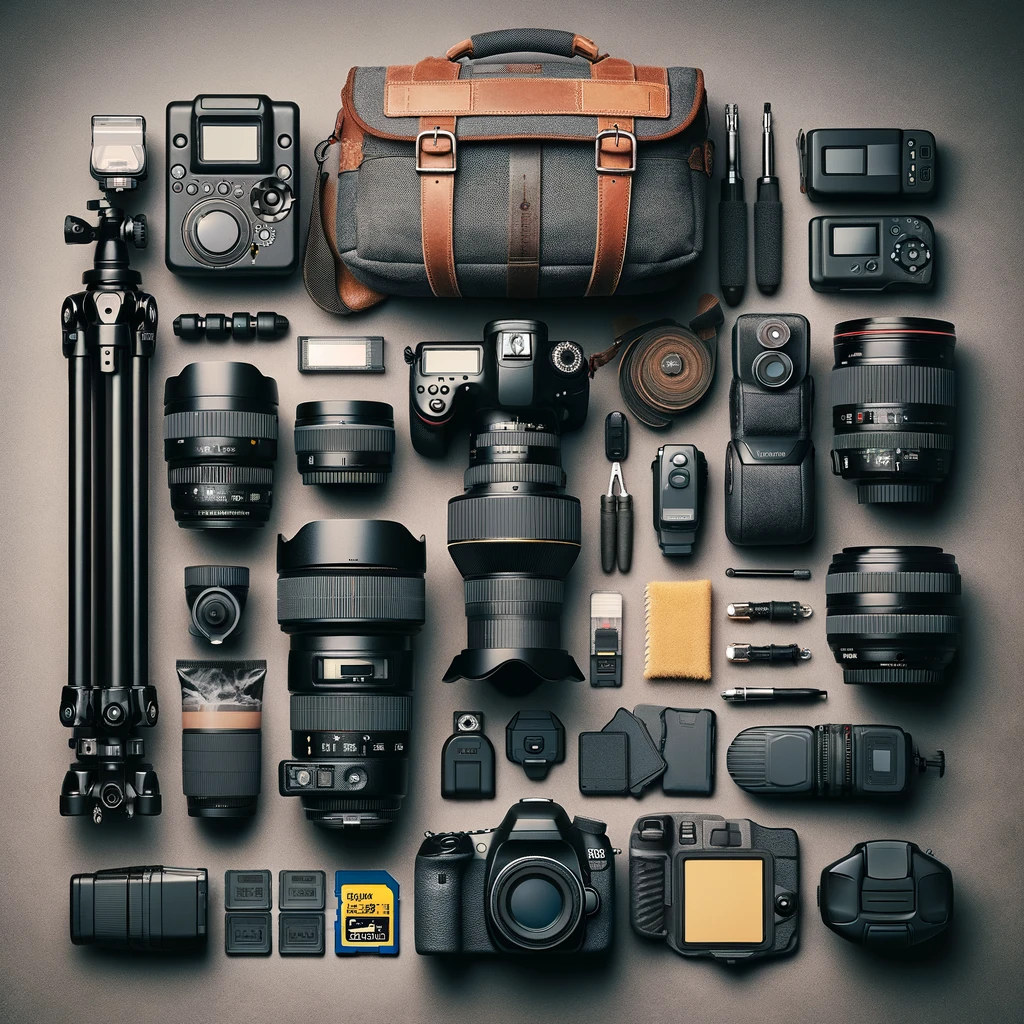When shopping for an SLR camera, it's essential to understand the different aspects and features that can greatly impact your photography experience. This beginner's guide aims to demystify the world of SLR cameras, making it easier for you to make an informed selection.
1. Understand the Basics: The first step is to familiarize yourself with the basic terminology of SLR cameras. SLR stands for Single Lens Reflex, which means that the camera uses a mirror and prism system to allow photographers to see directly through the lens. Start by researching key terms like aperture, shutter speed, ISO, and focal length, as these will greatly influence the quality and versatility of your photographs.
2. Determine Your Needs: Consider your photography goals and what you primarily intend to use the camera for. Are you interested in landscape photography, sports, or portraits? This will help you decide on important factors such as the type of lens, image sensor size, and overall camera specifications that suit your needs best.
3. Do Your Research: Prioritize extensive research on different camera models available in the market. Read reviews, compare specifications, and explore sample images taken with different cameras. This will give you a better understanding of the performance, features, and image quality you can expect from each model, enabling you to make a more informed decision.
Decoding Technical Jargon: Making Sense of SLR Camera Specifications
Shopping for a new SLR camera can be an overwhelming experience, especially for beginners. With a plethora of models available on the market, understanding the technical jargon can seem like trying to decipher a foreign language. To help demystify the process, let's decode some common SLR camera specifications:
Megapixels: This is one of the most widely discussed specs, representing the resolution of the camera. Generally, the higher the number of megapixels, the sharper and more detailed your images will be. However, don't be fooled by the numbers alone. A camera with a lower megapixel count can still produce excellent photos, especially if you don't plan on printing large-scale images.
ISO Range: The ISO sensitivity determines how well a camera can handle low light situations. A higher ISO range allows you to shoot in darker conditions without using a flash or tripod. It's important to note that as the ISO value increases, so does the potential for image noise or graininess. Finding a camera with a good balance between high ISO performance and low noise is key.
Shutter Speed: The shutter speed refers to the length of time the camera's shutter stays open, controlling the exposure and how motion is captured. A faster shutter speed freezes action, making it ideal for sports or wildlife photography. On the other hand, a slower shutter speed can create beautiful motion blur in artistic or long-exposure shots. Look for a camera that offers a wide range of shutter speeds to provide flexibility in different shooting scenarios.
Matching Your Photography Style: Finding the Perfect SLR Camera
One of the most important factors in choosing an SLR camera is finding one that matches your photography style. Each photographer has a unique approach and vision, and the right camera can enhance your creative process and help you achieve the desired results. Whether you are a professional or an amateur photographer, understanding your style and what you want to capture is crucial when shopping for an SLR camera.
If you are passionate about capturing landscapes and outdoor scenery, you might prefer a camera with a wide dynamic range and excellent low-light performance. Look for models that offer high-resolution sensors and advanced image processors to ensure that every detail, color, and texture of nature is faithfully preserved in your photographs. Additionally, having a camera with a weather-sealed body can be advantageous in protecting it from accidental splashes or dust particles while shooting in challenging environments.
On the other hand, if you enjoy capturing fast-paced action like sports or wildlife photography, you should consider cameras with fast autofocus systems and high continuous shooting speeds. Look for models with advanced autofocus technologies that can track moving subjects accurately. Additionally, having a camera with a high burst rate allows you to shoot multiple frames per second, increasing your chances of capturing the perfect moment in dynamic situations.
Beyond the Body: Understanding Essential SLR Camera Accessories
When shopping for a new SLR camera, it's easy to get caught up in the excitement of finding the perfect body and forgetting about the essential accessories that can truly enhance your photography experience. Understanding these accessories can elevate your skills and allow you to explore the full potential of your new camera.
First and foremost, a high-quality lens is crucial for capturing stunning images. While most SLR cameras come with a standard kit lens, investing in additional lenses can significantly improve your photography. Wide-angle lenses allow for breathtaking landscape shots, while telephoto lenses enable you to shoot subjects from a distance. Macro lenses are ideal for capturing intricate details and close-up shots. Each lens brings a unique perspective to your photography and opens up a world of possibilities.
Secondly, a sturdy tripod is a must-have accessory for any serious photographer. By stabilizing your camera, a tripod helps eliminate blurred images, especially in low-light situations or when using long shutter speeds. Additionally, it enables you to experiment with creative techniques such as time-lapse photography or self-portraits. Look for a tripod that is lightweight, easily portable, and capable of supporting the weight of your camera and lenses.
Lastly, an external flash can greatly enhance your photography, especially in challenging lighting conditions. Built-in camera flashes often produce harsh and unflattering light, while an external flash offers more control and versatility. You can adjust the flash direction, intensity, and even use it off-camera for creative lighting setups. It's worth investing in a high-quality external flash that is compatible with your camera model to achieve professional-looking results.
